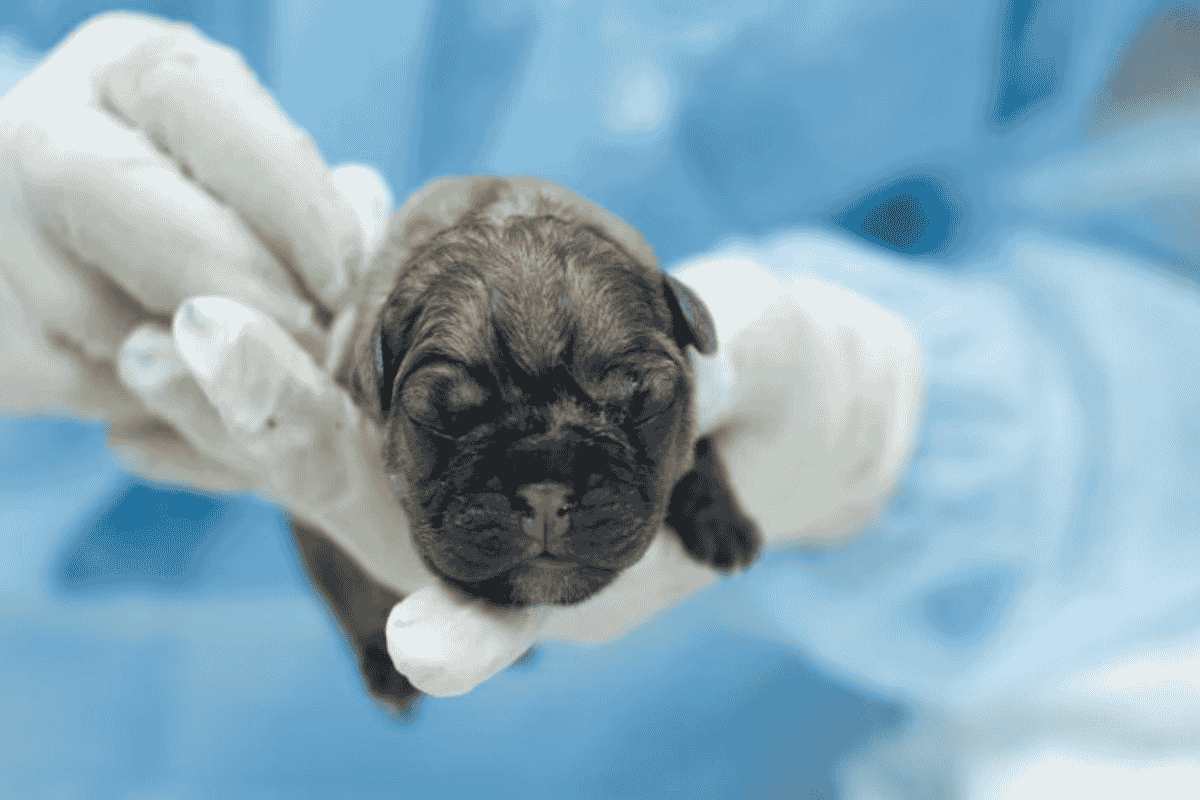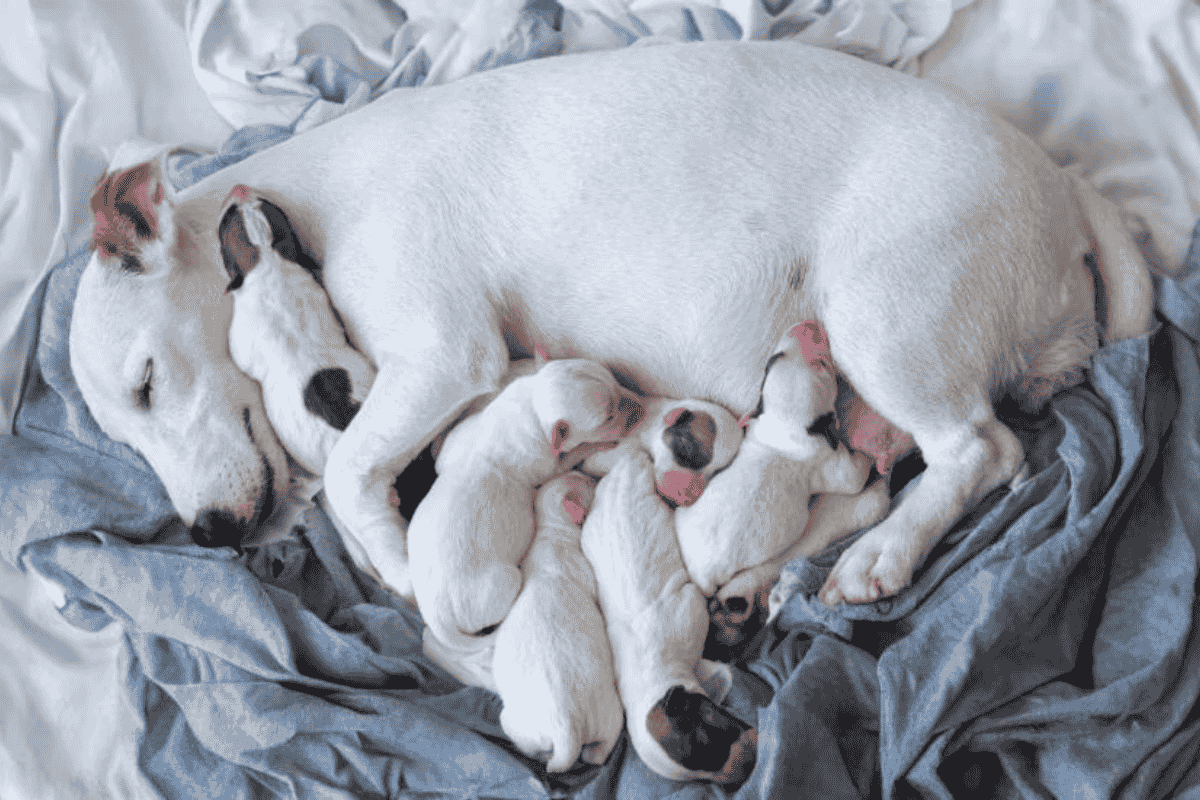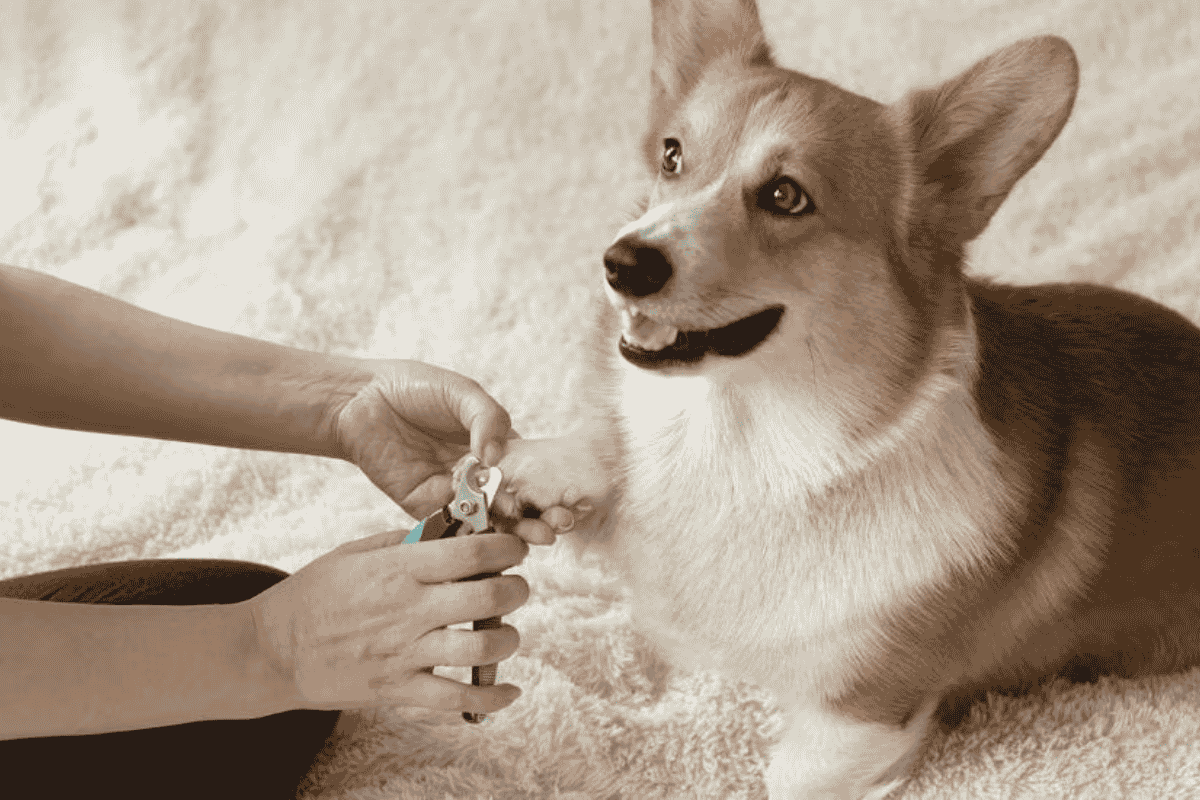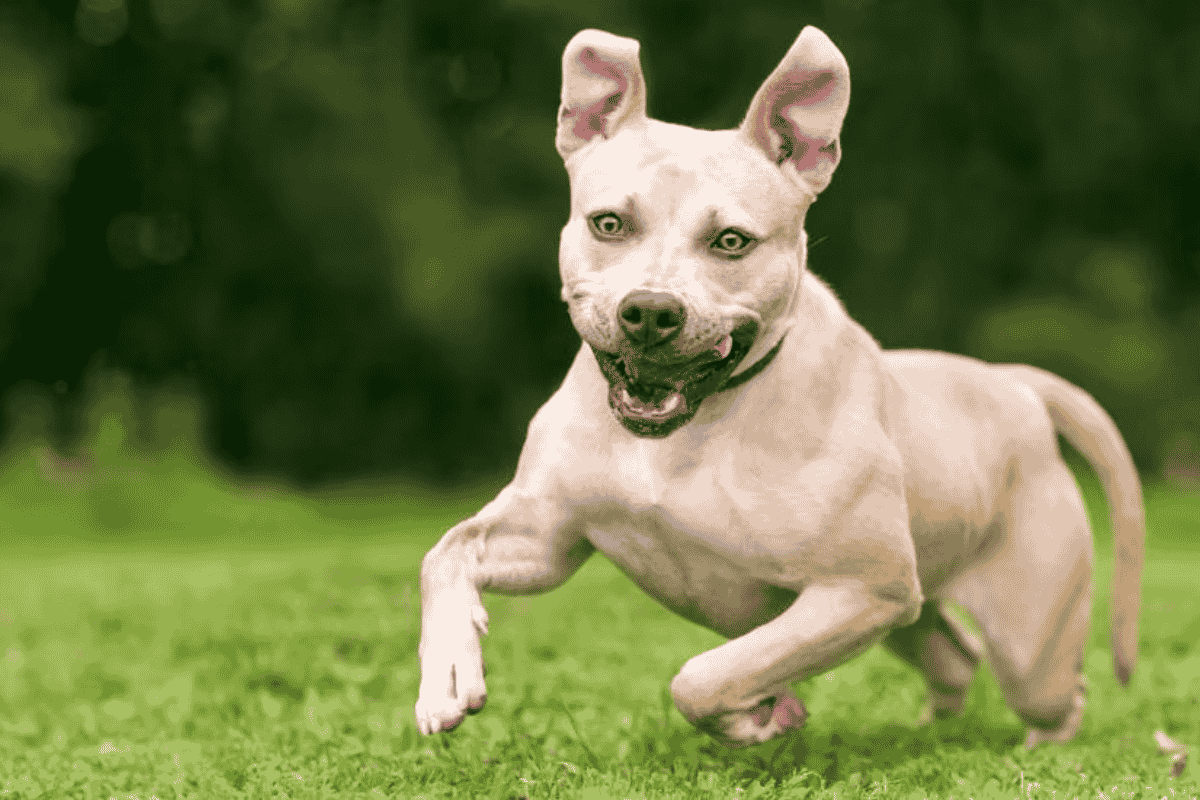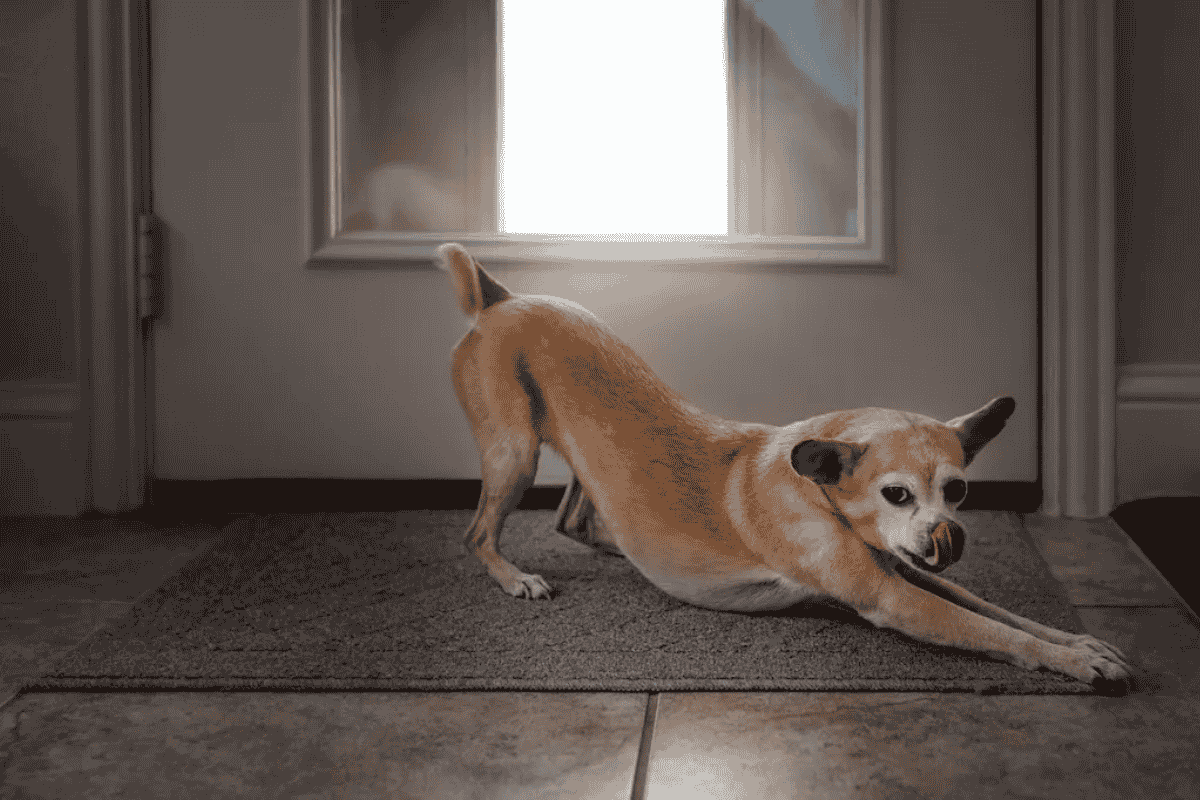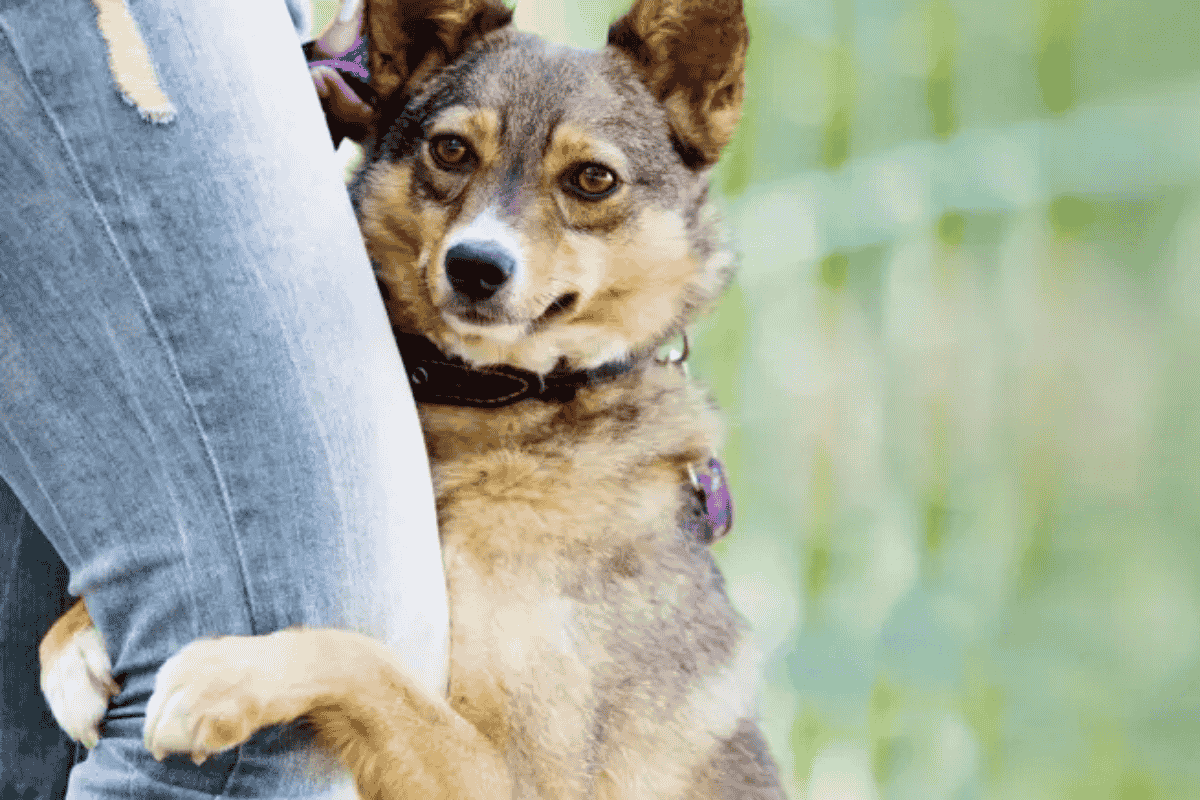A dog C-section (Cesarean section or hysterotomy) is a surgical procedure in which puppies are removed from the uterus of a pregnant dog experiencing birthing complications (dystocia).
During the surgery, the mother dog (dam) is placed under anesthesia or heavy sedation for safety. An epidural may also be used to numb the lower body. The veterinary team intubates the dog to provide oxygen and, if necessary, anesthetic gas.
After the belly is shaved and cleaned, the surgeon makes an incision along the midline, carefully exposes the uterus, and removes the puppies and their placentas one by one. Technicians tie off the umbilical cords and help stimulate the puppies to breathe.
Once all puppies are delivered, the surgeon either closes the uterine incision or spays the dog if a future pregnancy is not desired. The abdomen is then sutured closed, and recovery begins.
Why Would a Dog Need a C-Section?
While most dogs give birth naturally through whelping, some require surgical intervention. C-sections can be planned or emergency procedures, depending on the circumstances.
Common reasons for a planned C-section include:
- Belonging to a brachycephalic breed (e.g., English or French Bulldog)
- History of previous dystocia or C-section
- Pelvic fractures that make natural delivery unsafe
- A singleton pregnancy, which may not trigger natural labor
Emergency C-sections are performed when complications arise during delivery, such as:
- A puppy trapped in the birth canal
- Fetal distress detected via ultrasound
- Signs of illness in the dam
- Uterine tears or the presence of deceased fetuses
Contact your veterinarian immediately if:
- The dam’s water breaks but no puppies are born within 2 hours
- More than 2 hours pass between puppies
- The dam strains for 30 minutes without delivering
- Pregnancy lasts over 70 days without signs of labor
Benefits of a Dog C-Section
A C-section can be life-saving for both mother and puppies. Planned surgeries reduce the risk of dystocia and improve puppy survival rates in high-risk pregnancies.
Additional benefits include:
- Prevention of uterine rupture and exhaustion
- Opportunity to perform spay surgery simultaneously, reducing future risks
- Better neonatal care with a veterinary team ready to assist the puppies
Without surgical intervention, fatality rates for both the mother and puppies are high in cases of dystocia.
Effectiveness of a Dog C-Section
Dog C-sections are highly effective and generally safe.
- Mother survival rate: ~99%
- Puppy survival rate:
- ~99% for planned C-sections
- ~87% for emergency procedures
Puppy outcomes depend on factors such as:
- Duration of labor before surgery
- Time spent trapped in the birth canal
- Type and timing of anesthesia
- Dam’s age and health
Failure to perform a necessary C-section almost always results in loss of the litter and potential death of the mother.
Risks of a Dog C-Section
Though rare, complications can occur.
General surgical risks:
- Infection of the incision site
- Reaction to anesthesia
- Aspiration pneumonia
- Excessive bleeding
- Abdominal infection (peritonitis)
- Incision reopening
C-section-specific risks:
- Uterine infection or inflammation
- Uterine scarring or prolapse
- Fetal death from anesthetic exposure
Most complications are infrequent and treatable, but prompt veterinary follow-up is essential.
Cost of a Dog C-Section
The cost varies based on location, timing, and required care.
- Typical range: $500–$4,000
- Planned C-sections are less expensive than emergency surgeries.
- Some low-cost clinics may offer discounted rates if spay surgery is performed concurrently.
Note: Most pet insurance plans do not cover pregnancy or delivery-related costs.
Preparation for a Dog C-Section
If your dog is scheduled for a C-section, proper preparation is vital.
Before surgery:
- Bathe your dog the day before using a gentle shampoo.
- No food on the morning of surgery (water is fine).
- Discuss any medications or parasite prevention with your vet.
Transporting home:
- Keep mom and puppies separated during travel to prevent accidental injury.
- Use heating pads and clean towels for the puppies.
- Prepare a whelping box lined with washable bedding or reusable pee pads.
Post-Op Care and Recovery
After surgery, closely monitor the mother until she’s fully awake to prevent her from accidentally rolling onto the puppies.
Pain management:
- Short-term use of NSAIDs (e.g., carprofen) is often safe while nursing.
- Always follow your veterinarian’s recommendations.
Nutrition:
- Nursing mothers require 2–3 times more calories than usual.
- Choose food labeled for gestation and lactation, often the same as high-quality puppy food.
Incision care:
- The incision typically heals in 10–14 days.
- Avoid bathing for at least two weeks.
- Monitor for redness, swelling, or discharge.
- Do not use a recovery cone, as it interferes with nursing.
Vaginal discharge (lochia):
- Green, red, or brown discharge is normal for up to 8 weeks.
- It should gradually decrease in volume and darken in color.
- Contact your vet if the discharge smells foul, becomes heavier, or turns bright red again.
Watch for signs of infection or illness:
- Fever
- Lethargy or weakness
- Vomiting
- Loss of appetite
Seek veterinary care immediately if these occur.
Alternatives to a Dog C-Section
There are no safe alternatives when a C-section is medically required. Failure to proceed with surgery during dystocia will likely result in death for both the mother and puppies.
FAQs
What is the survival rate of a dog C-section?
Approximately 99% of mothers and 70–90% of puppies survive, depending on the situation and timing of intervention.
Is a C-section better for dogs?
A C-section isn’t inherently “better,” but it is necessary when a natural birth isn’t possible or safe.
How long does recovery take?
Full surgical recovery takes 10–14 days, though complete post-pregnancy recovery may take several weeks.
